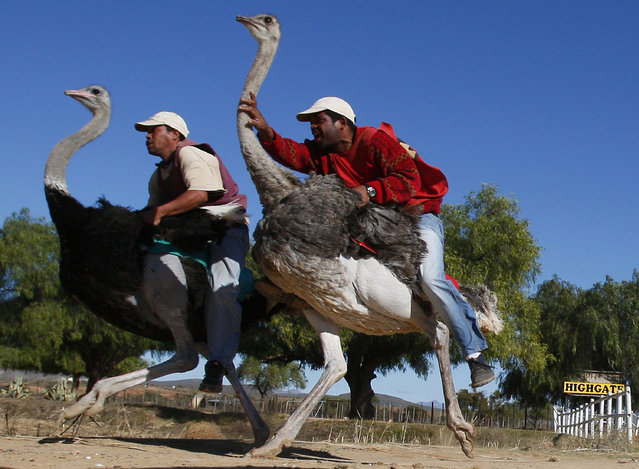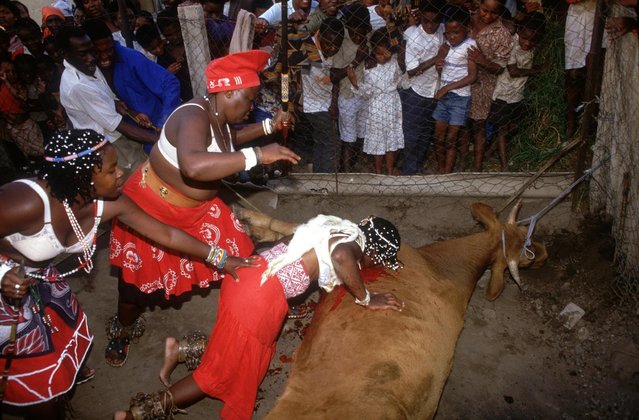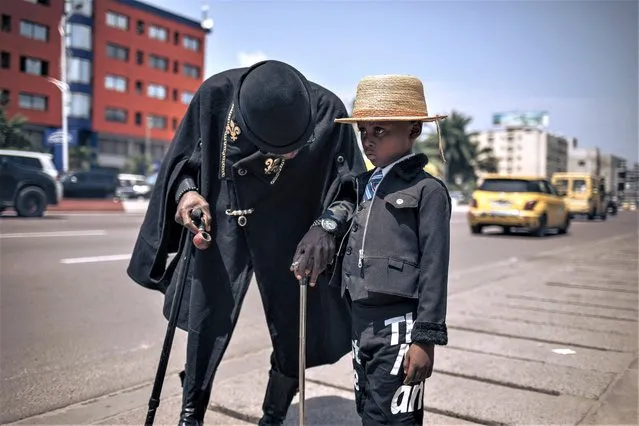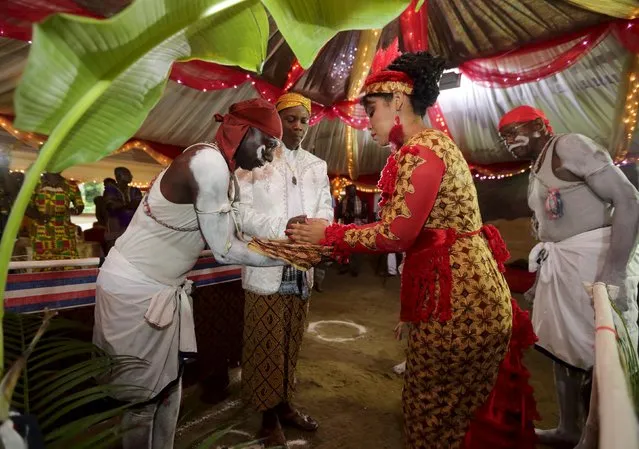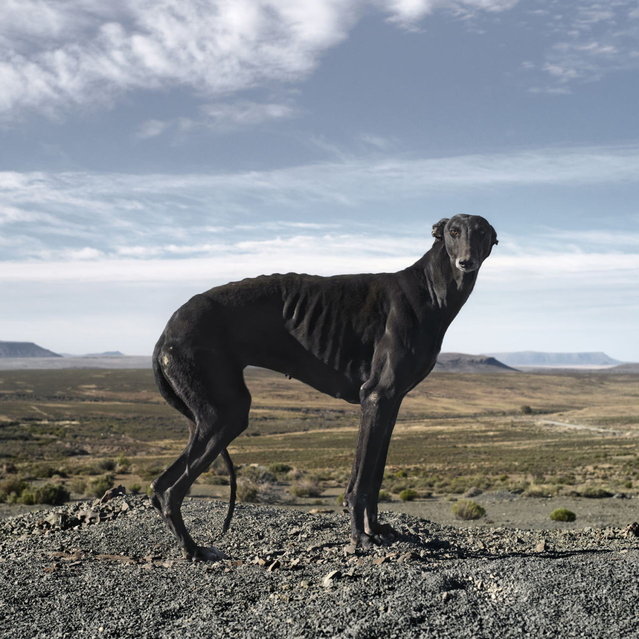
DJ Evans Mireku Kissi (R) and fashion stylist Daniel Quist ride a motorcycle in front of a street side bar in Accra, Ghana. June 10, 2015. Young artists in Ghana's capital have evolved a new style that is turning heads and challenging accepted notions of African fashion. (Photo by Francis Kokoroko/Reuters)
23 Oct 2015 08:02:00,post received
0 comments



